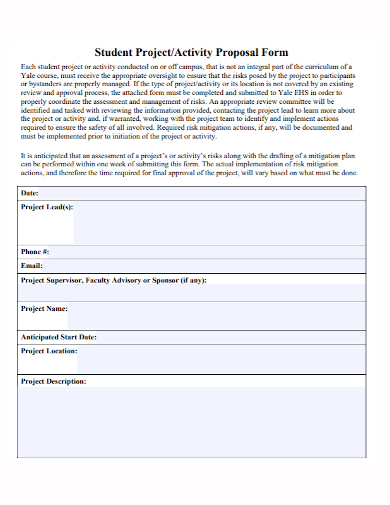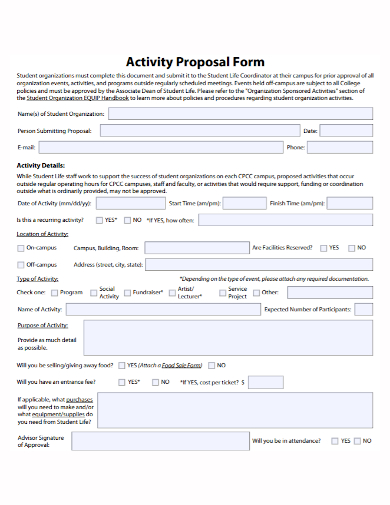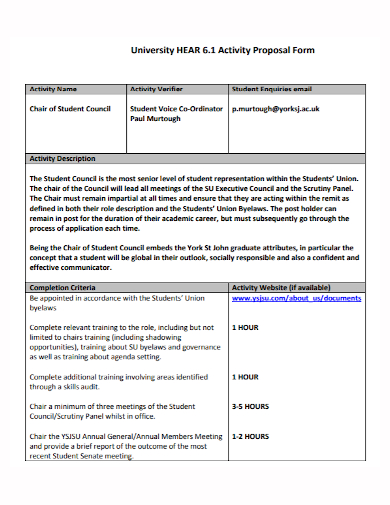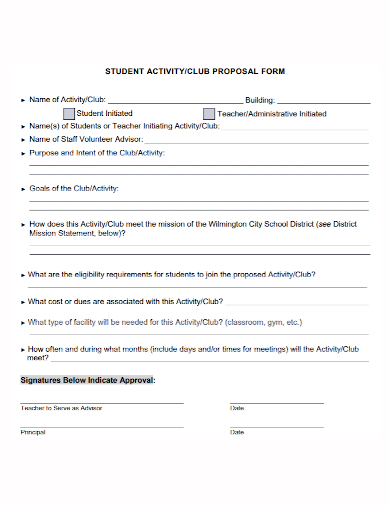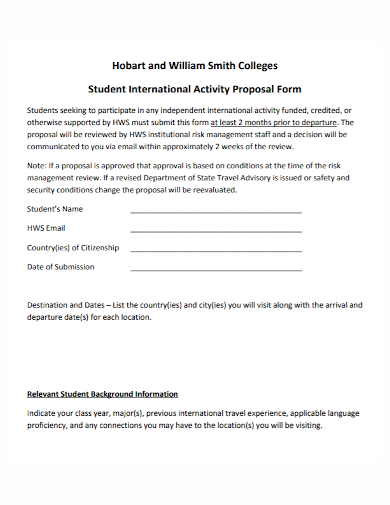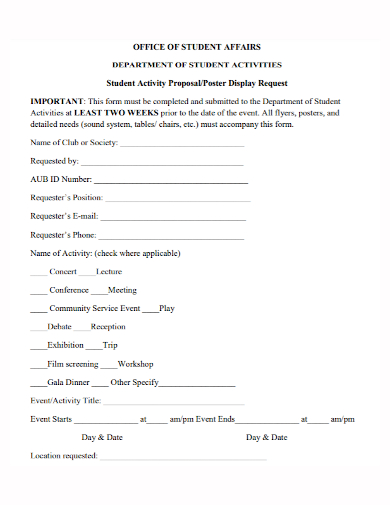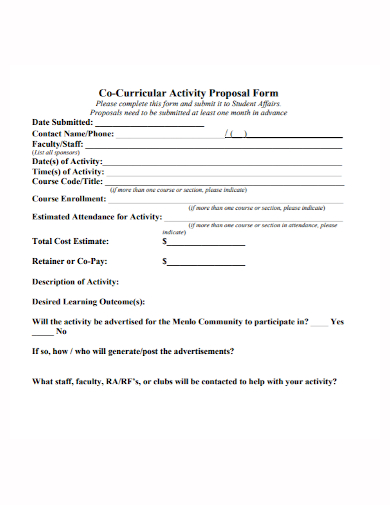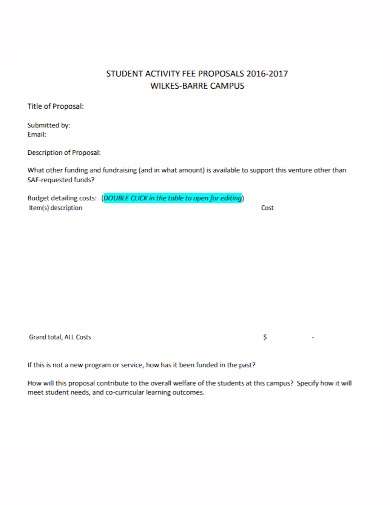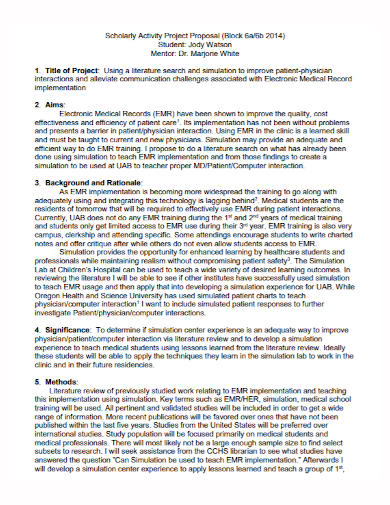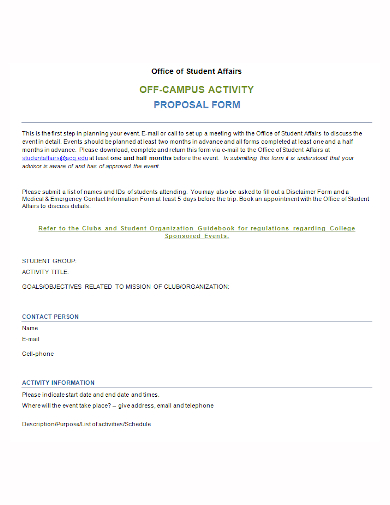Student activities have been shown to have academic and social benefits in studies. Students who participate in these activities earn better grades, are more motivated, have fewer discipline issues, are less likely to drop out, and are more likely to graduate and apply to colleges. Student activities have been found to reduce juvenile crime, provide a sense of connectedness to the school, increase self-esteem, and create positive social networks for at-risk students who might not otherwise have them. Activities can be an effective approach to keep students who are on the verge of dropping out engaged. Traditionally, funding for these school-sponsored activities has come from a variety of sources, including regular budget allocations, fundraising events, and vending machine revenues. Schools have been straining to keep activities available to students due to dwindling funds and a trend away from vending machines, and have tried to make up for losses by charging fees to continue these programs.
You don’t have to use activity proposals for the event you want to organize. It might be as basic as suggesting activities for your club members to participate in during their stay. It can inspire members to stay longer when they observe the club’s active efforts to avoid becoming idle and losing its purpose, which, to be honest, is how most clubs end up. Nonetheless, it must be consistent with the club’s mission and vision statements in order for members and potential recruits to recognize the club’s attraction and increase their interests in order for the club to continue to exist.
10+ Student Activity Proposal Samples
1. Student Project Activity Proposal
2. Student Organization Activity Proposal
3. Student Council Activity Proposal
4. Student Activity Club Proposal
5. College Student Activity Proposal
6. Student Activity Poster Display Proposal
7. Student Co-Curricular Activity Proposal
8. Faculty Student Activity Proposal
9. Student Activity Fee Proposal
10. Student Scholarly Activity Project Proposal
11. Student Campus Activity Proposal
Outlining a Student Activity Proposal
A standard format for an activity proposal does not exist. Depending on how your company wishes to visually organize it, there will be numerous alternatives. However, each template has specific elements that must be included in your proposal. Keep in mind that you must consider the activity proposal as a final product, so make sure you offer as many facts as possible and communicate them clearly and cohesively.
- Information about the activity – This covers who is in charge of the event, as well as their basic contact information, which consists mostly of their phone number and email address. The date and time of the event, as well as its location, which can include video conferencing platforms in the case that social gatherings are still disabled, can all be specified. The theme or title of the event might also be provided to give a general notion of what the program will entail.
- Objectives – Define the event’s goals and desired outcome in a few sentences. Writing this down will help you gain a better understanding of the event and will put things into perspective in the sense that things will become clearer and you will be able to come up with related activities that will ensure the event’s objectives are met. A clearly defined objective may help you narrow down what your event wants to accomplish, and this will reflect in your event’s activities, as well as vice versa, which is why it’s critical that you know exactly what you’re aiming for.
- Describe the activities – Your activity proposal contains more than just a list of your activities. You must also define them, but in a way that not only aligns with the objectives but also with the organization’s vision, all of which should be reflected in the proposal. The activities that appeal to your target audience the most are those that are based on their daily lives. They must be concrete and practical because it is through these activities that your objectives will be met, so you must ensure that they are detailed and that their relevance to the objectives is clearly stated.
- Point Person – Different persons can facilitate each activity. While this setup isn’t required, and it doesn’t guarantee your event’s success, it does assure that members attend. It also helps that the responsibility of spearheading the event is evenly allocated among the organization’s members, so core members are not overburdened. Point people can also offer suggestions on how to improve the management of the activities or how they should be carried out.
- Strategy – It includes promotional materials that, thanks to the interactivity affordances of social media and technology in general, can effectively reach your target audience without requiring you to spend the same amount of money as you would on printing and plastering physical posters, which requires physical labor from your team. However, this will necessitate the services of a capable graphic designer who can capture the event through photos. You can choose from a variety of promotional items, including Posters, publication materials, and video montage.
- Budget and Resources – Because your resources may be restricted, you create an event to coincide with this fact. Present a budget worksheet to give you a better idea of how much your event might cost. However, you must be able to put on an event that you can afford. If not, you can move on to looking for sponsorships, which you must also mention in a separate section.
FAQs
What is the information that you need when writing for a student activity proposal?
Name of organization/name of the event organizer or person in charge of proposal submission, contact number, contact email, date of the event, time the event will begin and end location, name of the event, and theme of the event.
What are the qualities that should contain in your activities?
The activity must be clearly defined, reflect the organization’s vision, relevant to the objectives, grounded in the realities of its target audience and the environment, and explains how this will forward to the vision of the organization.
If you want to see more samples and formats, check out some student activity proposal samples and templates provided in the article for your reference.
Related Posts
FREE 11+ Budget for Fundraiser Event Samples
FREE 10+ Art Proposal Templates
FREE 10+ Internet Proposal Samples
FREE 10+ Action Plan for Teachers Samples
What Is the Research Proposal?
FREE 10+ Tutor Lesson Plan Samples
FREE 10+ College Activity Sheet Samples
FREE 10+ Sample Event Proposal Letter
FREE 9+ Sponsorship Proposal Samples
FREE 25+ Sample Community Service Letter
FREE 14+ Sample School Newsletters
FREE 10+ Nursing Action Plan Samples
FREE 10+ School Proposal Samples
FREE 10+ Sample Personal Action Plan
FREE 6+ Sample Group Activity Evaluation

